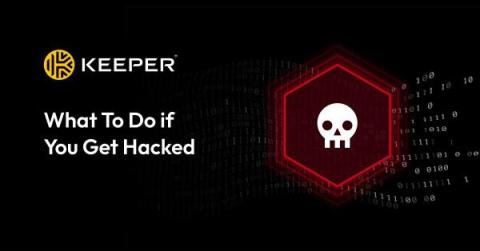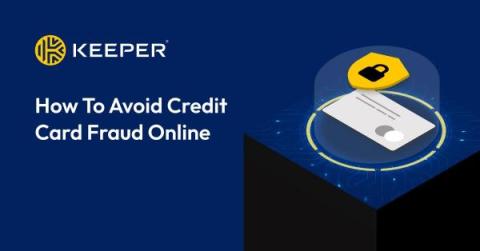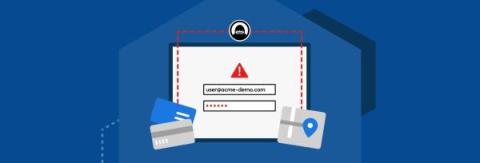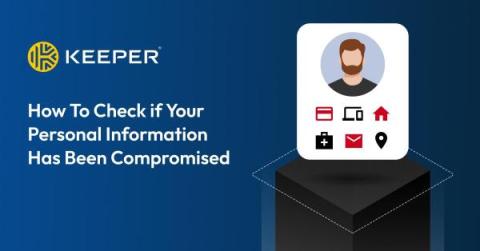How To Get Rid of a Computer Virus
If your computer has been infected with a virus, you need to act quickly to contain the infection. You should install antivirus software to remove any viruses from your infected device. Computer viruses can be a hassle to deal with, and they put you at risk of a security breach, identity theft and loss of your personal data. Continue reading to learn what computer viruses are, how they spread, what signs to look out for, how to get rid of them and how to prevent them.











